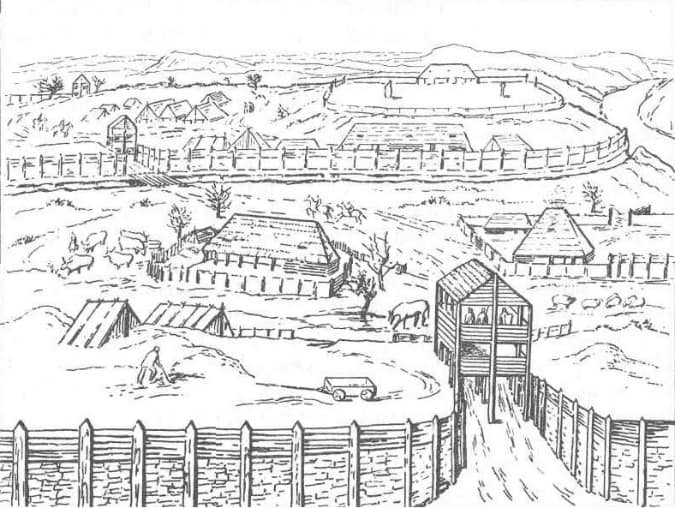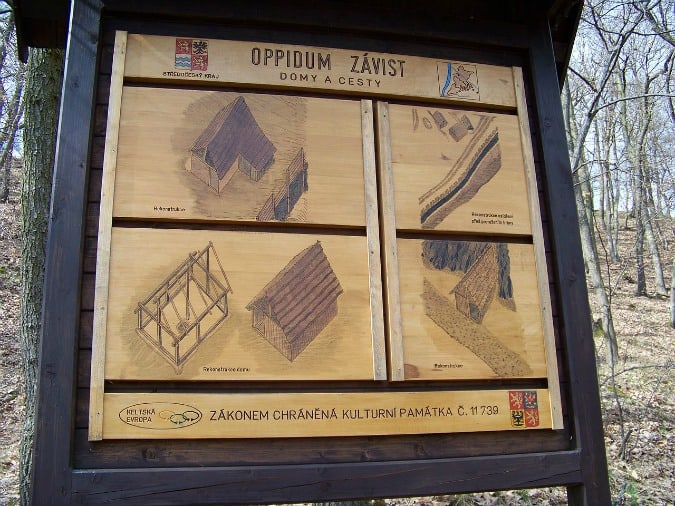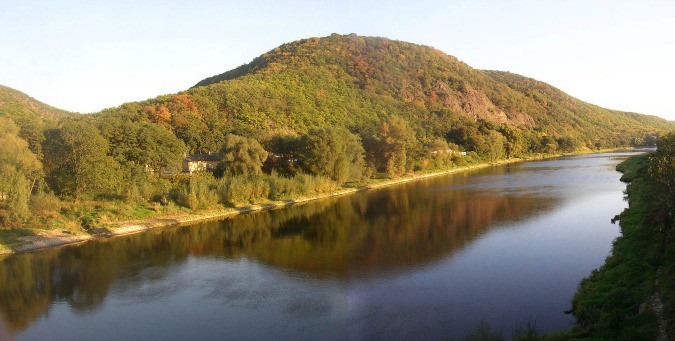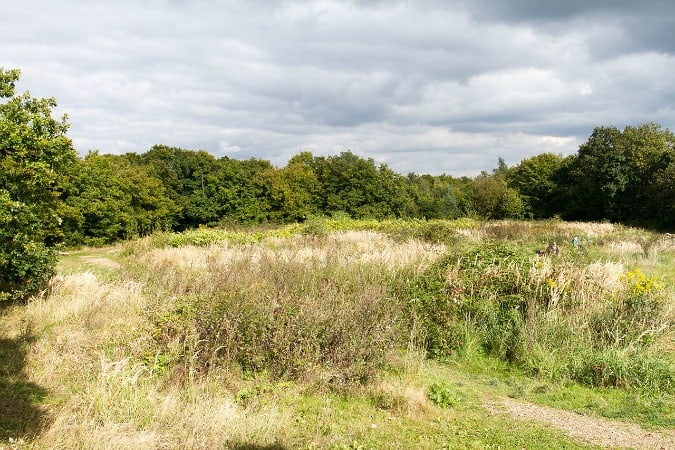The Czech-Irish connection has nothing to do with green beer (consumed by Czechs at Easter and Irish-Americans on March 17), though if you’re looking for the craic in Prague this St. Patty’s weekend you’ve got plenty of options.
The historical link between the two European nations has considerably more ancient origins. In fact, Celts were said to have migrated across Europe from Bohemia 2,000 years ago, settling in Ireland, France, and Slovakia.
PARTNER ARTICLE
Bohemia (derived from the Celtic word Boiohaemum) means home of the Boii people, a Celtic tribe which settled in Central Europe centuries before the Slavs.

Evidence of its Celtic past is still visible throughout the Czech lands. In Prague, on the right bank of the Vltava river opposite Zbraslav, traces of a significant Celtic settlement, known as the Zavist-Hradiště oppidum, were unearthed by archeologists between 1963 and 1989.
The large fortified area was at one time thought to have accommodated up to 40,000 inhabitants, spanning a maximum area of 170 hectares surrounded by 9 km of ramparts. The stronghold encompassed both residential and utility buildings, an acropolis with a cult area in Hradiště.

According to historians, the plateau allowed a strategically wide view of the landscape above the confluence of the two traffic arteries, the Vltava and Berounka Rivers, the surrounding forests provided enough wood for construction and operation of the farm, and there was plenty of fertile soil.

The Celts perfected the art of jewelry making, searching for gold dust in the sands of the rivers and exchanging their products for food.
The inhabitants of the stronghold were mainly engaged in crafts and depended on the agricultural production of the surrounding population because they did not cultivate their own land.

Considered the largest of its kind in Central Europe, the oppidum was likely invaded by German tribes. It was declared a national cultural monument in 1998 and can still be visited today.
To visit it see bus and train options from Nádraží Smíchov or Hlavní nádraží or Kačerov (free with your Lítačka).
A forest mini-zoo is located along the grounds, Zbraslav itself is worth visiting for its lovely chateau, restaurants, and village feel.
Here is a list of additional Celtic sites throughout the Czech Republic.













 Reading time: 2 minutes
Reading time: 2 minutes 


















